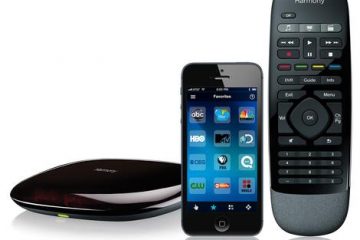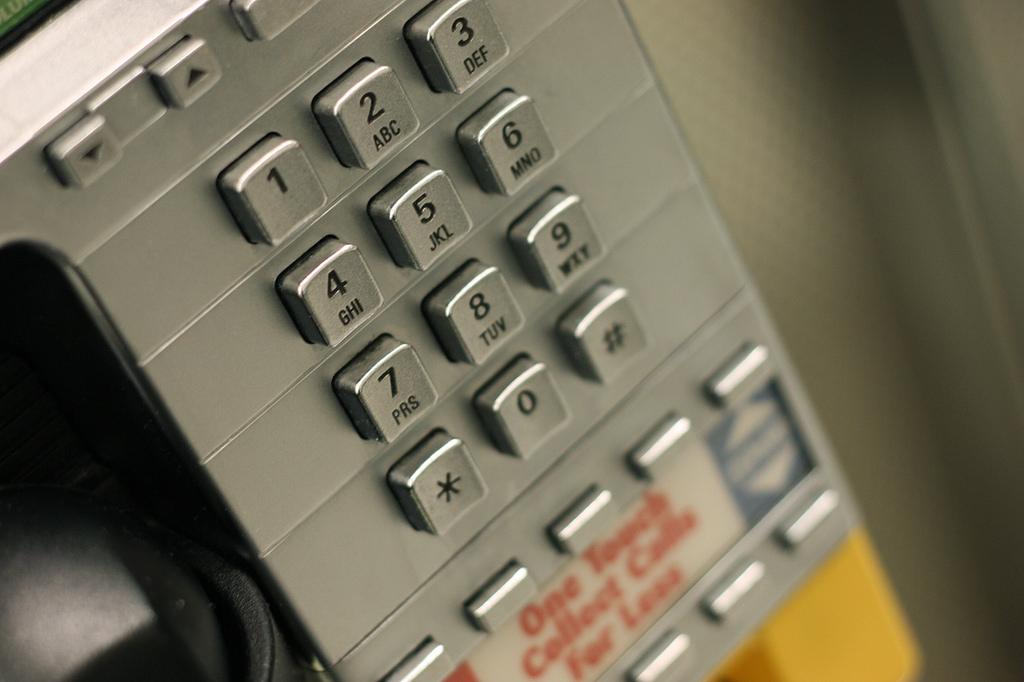The next generation of product management for Wal*Mart is going to rely heavily on the RFID (Radio Frequency Identification). Each item has an RFID tag attached to it, which makes it possible to track inventory anywhere in the store.
Imagine being able to pass a barrel full of monkeys under an RFID scanner and determine how many monkeys are in the barrel. This is the promise of RFID technology, and once on the shelves it can be used to do even more spectacular things for the consumer.
Using a small device a shopper can stand in front of an item at the store and the website for that vendor can offer an assortment of products similar to the type of products you are looking at. This makes it easier to review the landscape of products and find the item that most closely approximates your needs.
It’s also helpful for selecting bigger items (which tend not to always be stocked) and buying them online while in the store. People are more interested in shopping when they are in the store, this is the reason they are in the store in the first place. Online stores suffer from the fact that people are not always planning to shop while sitting in a chair at home, and they are less prone to browse the virtual isles of the online store. Vendors can use this technology to induce the impulse buy, but on much larger ticket items. In fact, items with greater sales margins can bubble-up and encourage the shoppers to spend even more.
This initiative will begin helping the suppliers almost immediately, and once RFID migrates to the store shelves it opens the door to a new wave of shopping tools that can maximize the experience and minimize the risk of getting something that doesn’t meet all of your needs.


